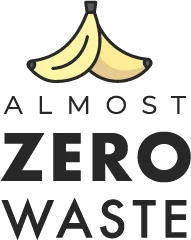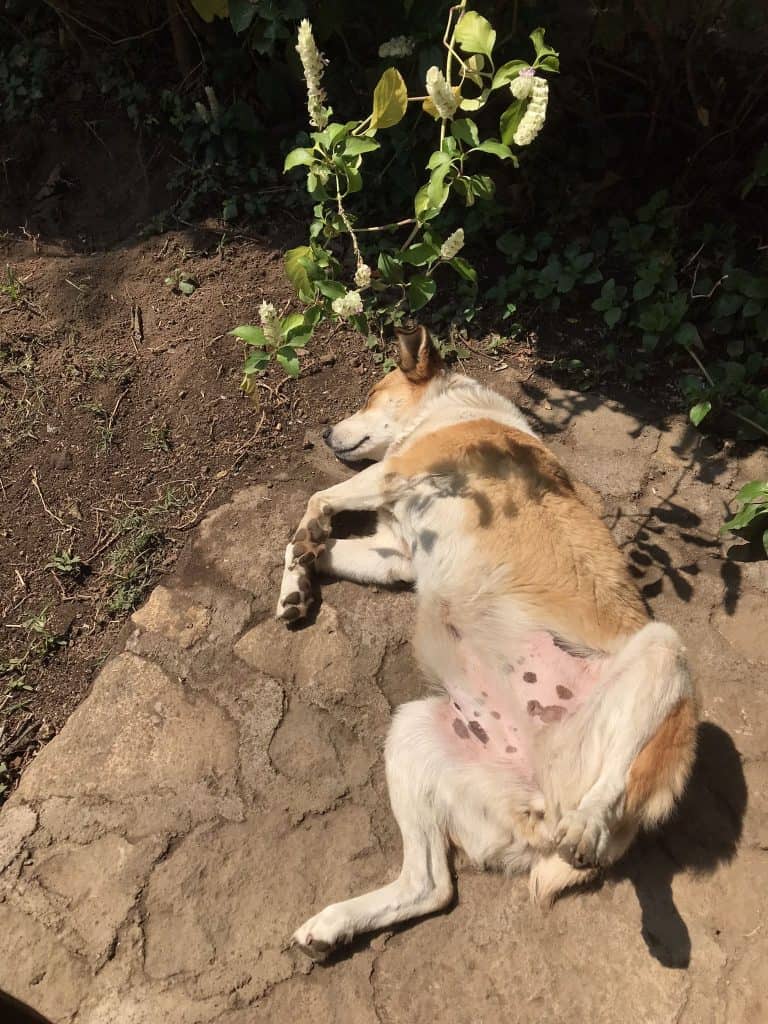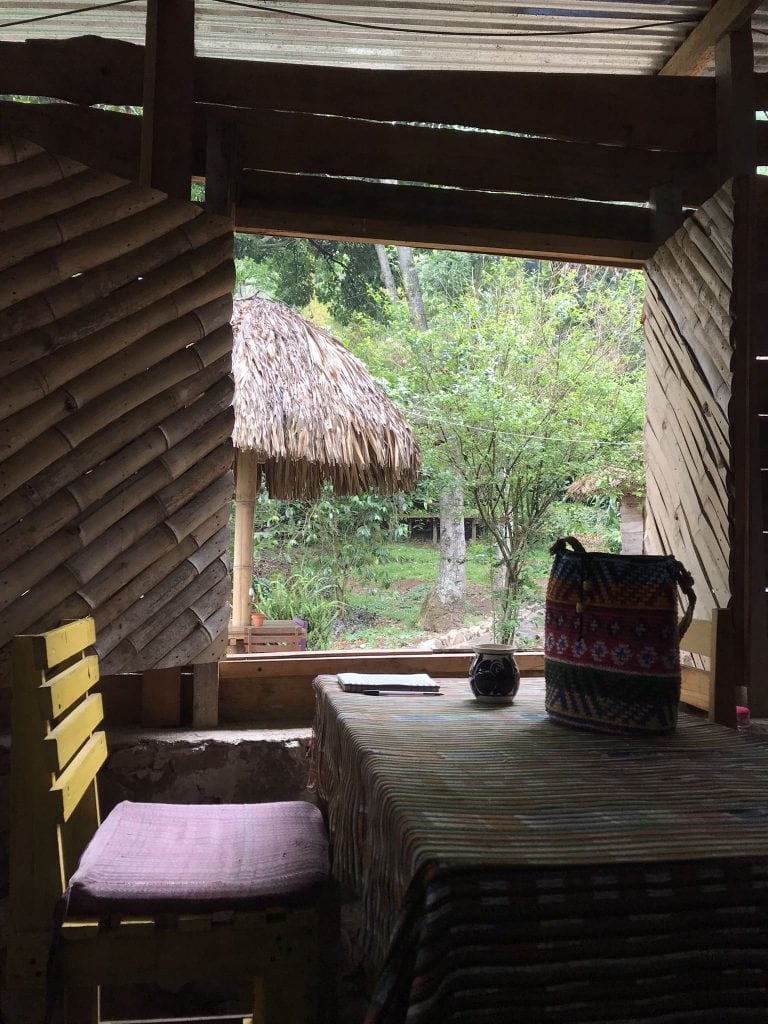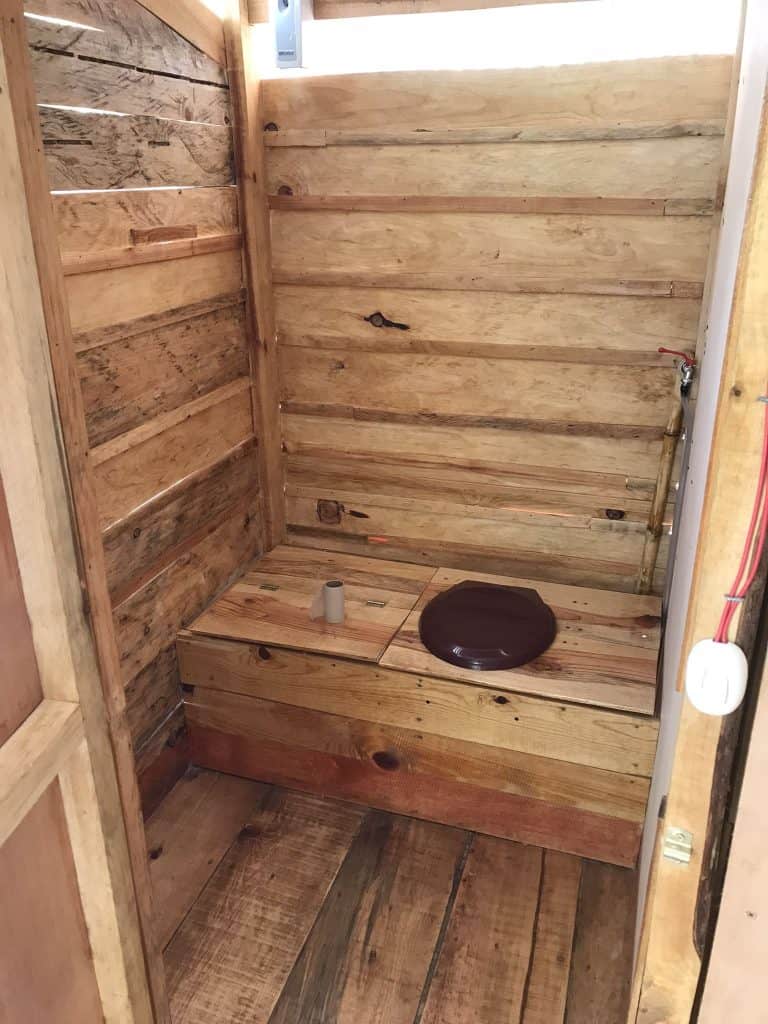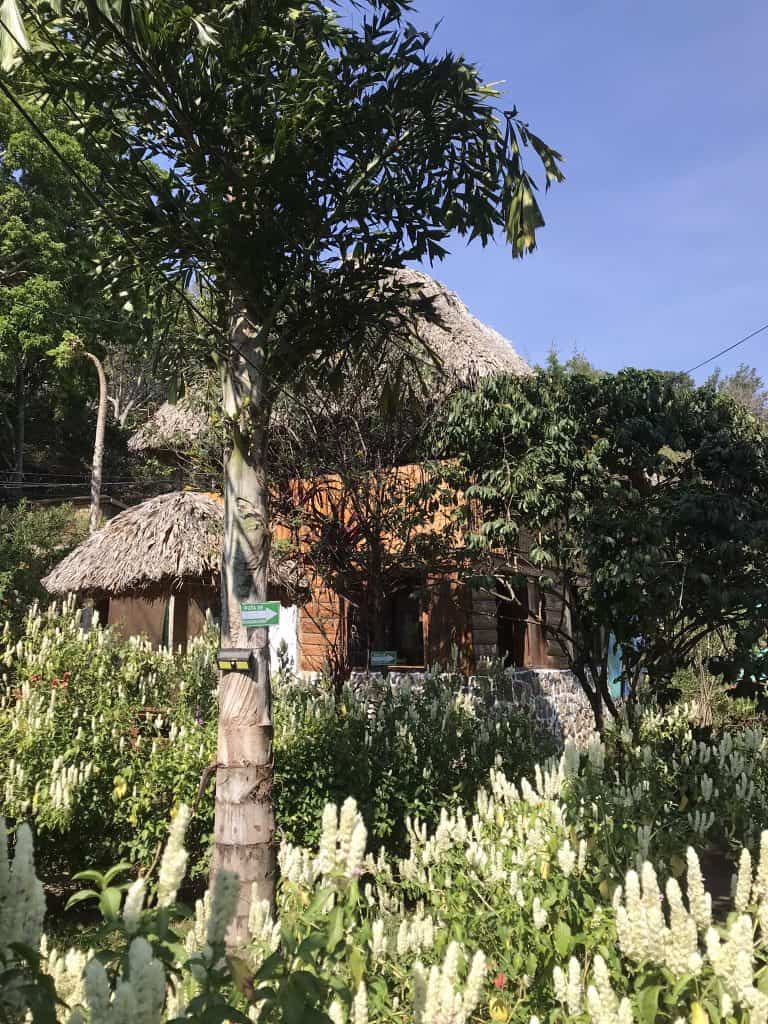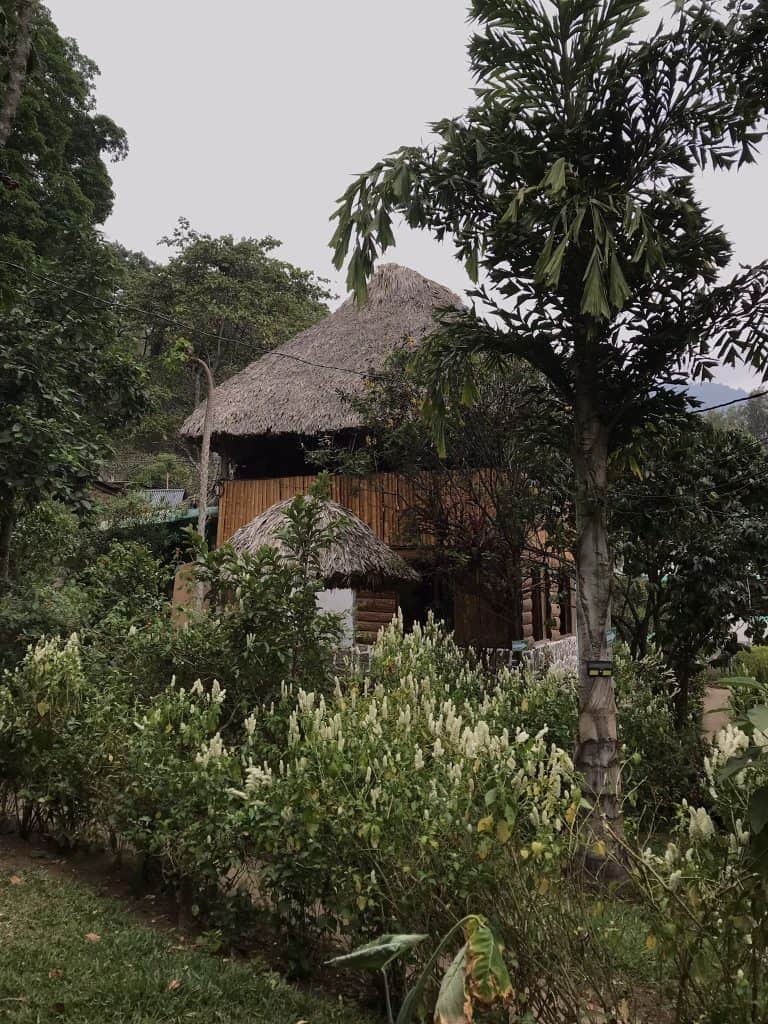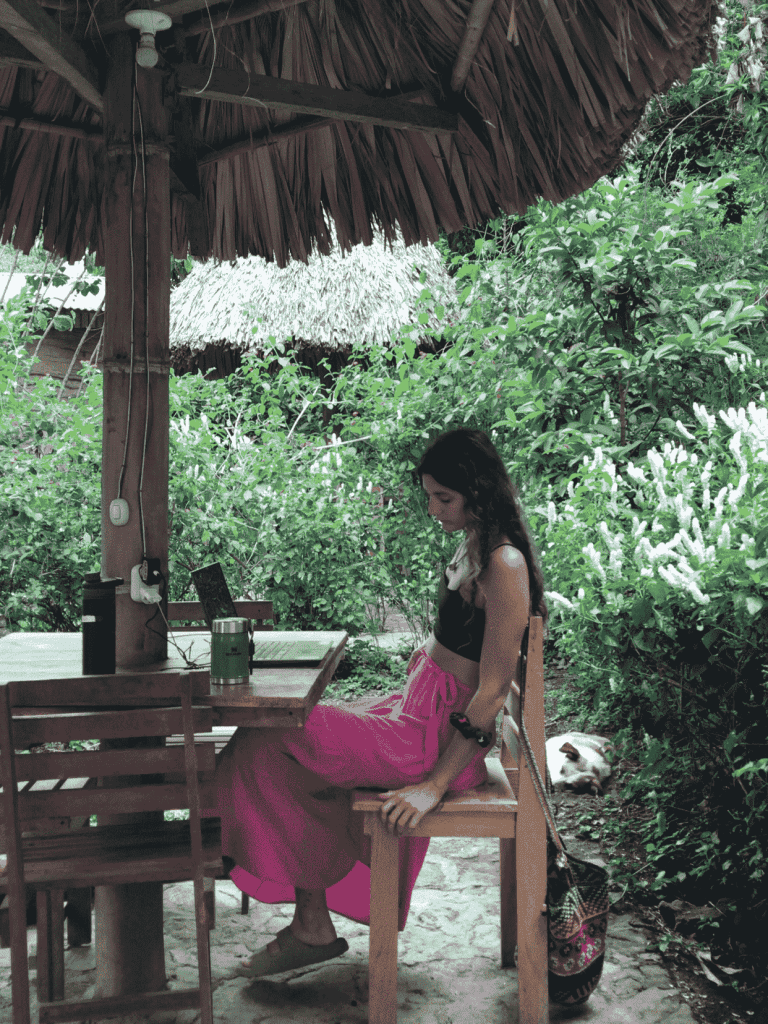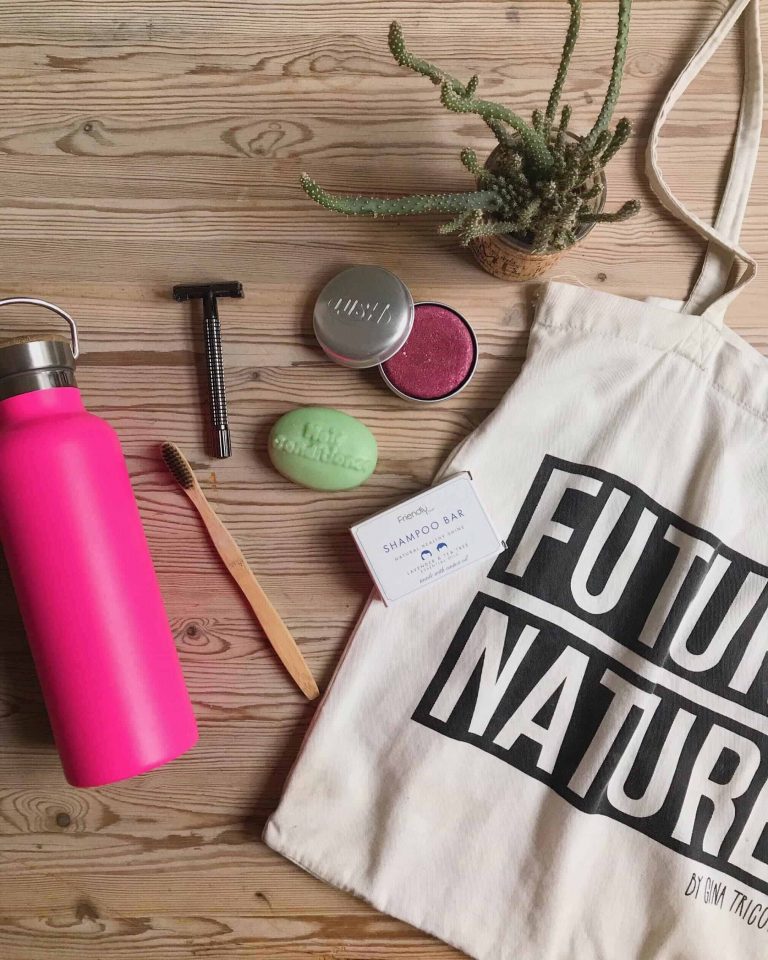Sustainable Travel in Guatemala: How to Explore Responsibly
This post and the photos within it may contain affiliate links. If you purchase something through the link, I may receive a commission at no extra charge to you.
Guatemala is wild, raw, and special. I needed a bit of time to get accustomed to it, and soon after that, I was hooked – volcanoes, lush jungles, sacred lakes, and amazing communities.
I spent a month and a half exploring, and in this article, I’m gonna share with you all that I’ve learned about traveling through Guatemala sustainably.
First impressions of traveling in Guatemala
I didn’t spend any time in Guatemala City; I’d heard it could be a bit shady, and as a solo traveler, I tend to avoid big capitals anyway.
From the airport, I took an Uber straight to Antigua, and the fare was super reasonable (I shared it with my travel buddy). Antigua immediately became one of my favorite places; charming cobblestone streets, colorful walls, volcano views, and countless cafés and restaurants with tasty food.
There were a few zero waste and sustainable shops scattered around the city, selling refillable essentials, natural products, and eco goodies. It was a nice surprise.
The water situation is a bit sketchy. I used my Grayl filter bottle, which let me safely drink tap water (lifesaver), but most hostels also have big jugs of filtered water you can refill from, so bring a reusable bottle.
From Antigua, I did the Acatenango volcano hike, but that deserves its own post.
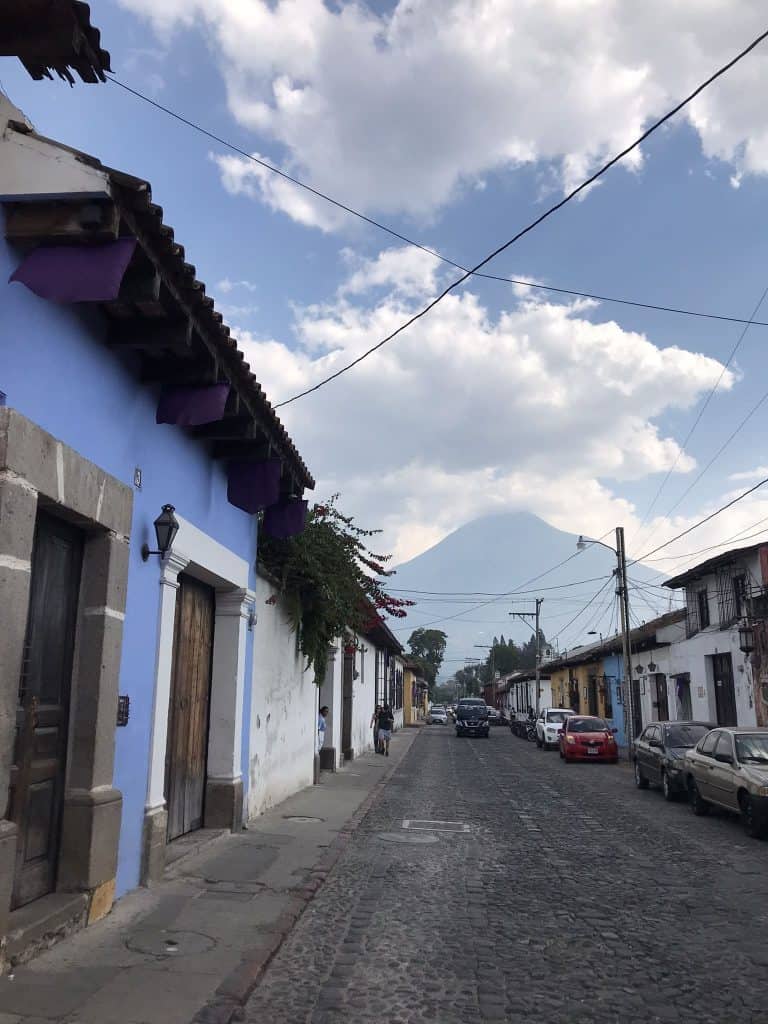
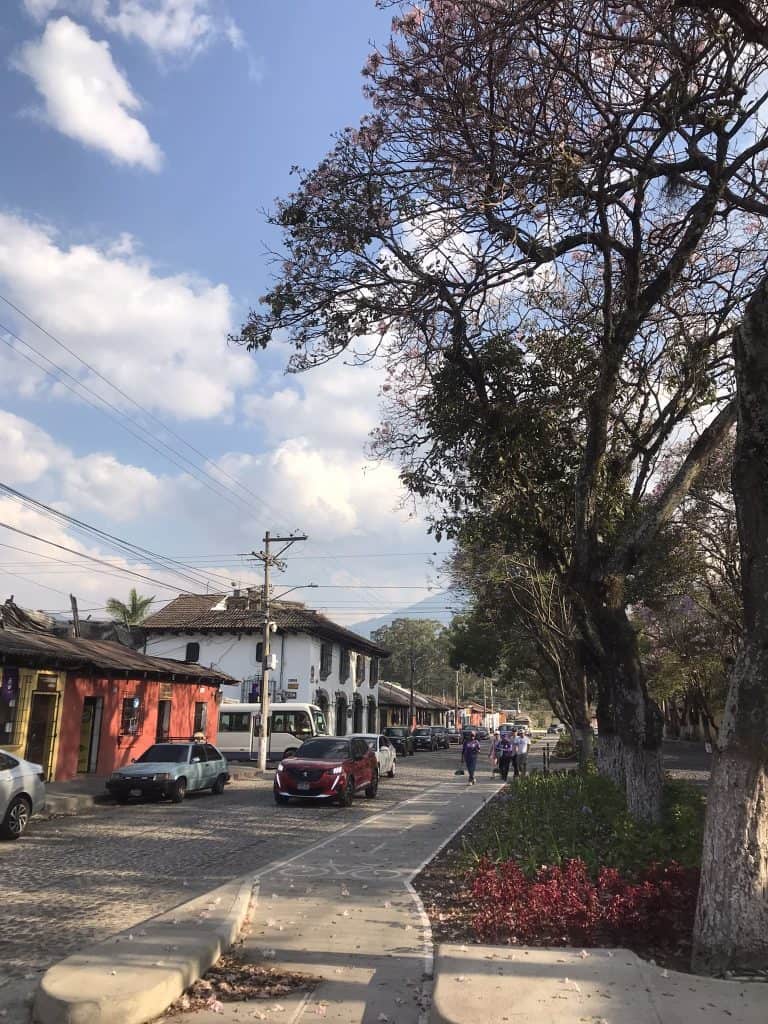
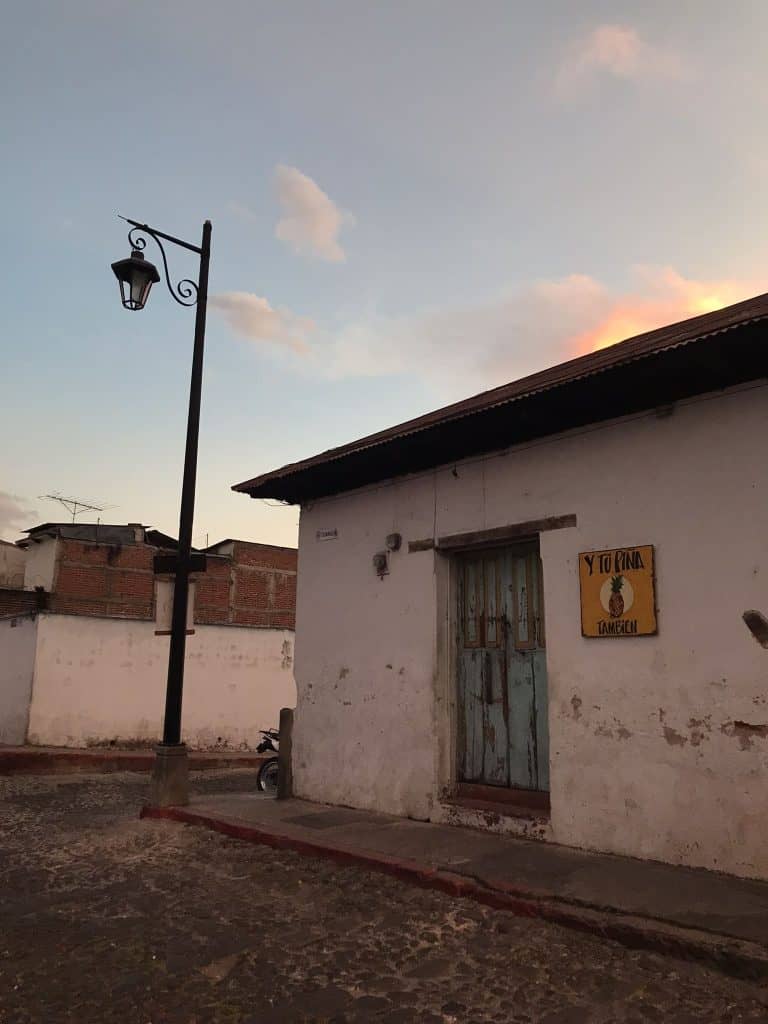

What sustainable travel in Guatemala means
Here’s what and how that looks like for me in practice:
- Stay in locally owned eco lodges or community projects (not foreign-owned hotels)
- Support Mayan artisans and cooperatives instead of buying factory souvenirs
- Use refill stations, reusable bottles, and eco-friendly sunscreen
- Be mindful of water, especially around Lake Atitlán, where shortages are common
- Learn a few words of Spanish or the local Mayan languages (like Tz’utujil)
- Eat local, plant-based meals when you can
Where to stay: Best eco-friendly spots
These were my favorite places I visited or heard about:
Mayachik Eco Resort – San Juan La Laguna, Lake Atitlán
A true community-based eco lodge with compost toilets, solar panels, and organic gardens. The vibe is earthy and relaxed, the food is vegetarian/vegan, and the staff are locals. I found about it on Workaway, and I did a work exchange in Guatemala, helping with photography and social media, and it was a super fun and memorable experience.
- Doggo in MayAchik
- Guest’s kitchen in MayAchik
- Compost toilet in MayAchik
- Gargen & houses, MayAchik
- Gargen & houses, MayAchik
- Lots of places to sit, chill, or work in the garden
Utopia Eco Hotel
I almost went there for a work exchange but ended up elsewhere. Anyway, it’s a beautiful jungle eco hotel near Semuc Champey, surrounded by waterfalls and tropical forest. The hotel grows much of its own food, uses natural materials, and focuses on community involvement and environmental education.
Eco Hotel La Paz – Santa Cruz La Laguna
This hidden gem sits on the lake and feels like a small paradise. Eco Hotel La Paz uses solar energy, offers vegetarian food, and has gardens filled with local plants and fruit trees. It’s calm, family-run, and ideal for travelers who want a more authentic, low-impact stay around Lake Atitlán.
Earth Lodge – Antigua
Haven’t been there, but this place is built on an avocado farm with treehouses, compost toilets, and views of Volcano Agua.
Ecolodge Uxlabil – Lake Atitlán
Another spot I haven’t visited, but it’s solar-powered, locally staffed, and perfectly positioned on the lake.
Fungi Academy – San Marcos La Laguna
This one is part community, part education hub focused on mushrooms, permaculture, and regenerative living. You can join workshops, volunteer, or just hang around the community to learn about mycology and eco living in Guatemala. It’s hands-on, earthy, and full of good humans.
Eagle’s Nest – San Marcos La Laguna
A peaceful Lake Atitlán eco lodge with daily yoga, ecstatic dance, and (mostly) vegan food overlooking the lake. They host workshops on movement, breathwork, and conscious living. I spent a couple of days, met a bunch of great humans, and had a lot of great fun.
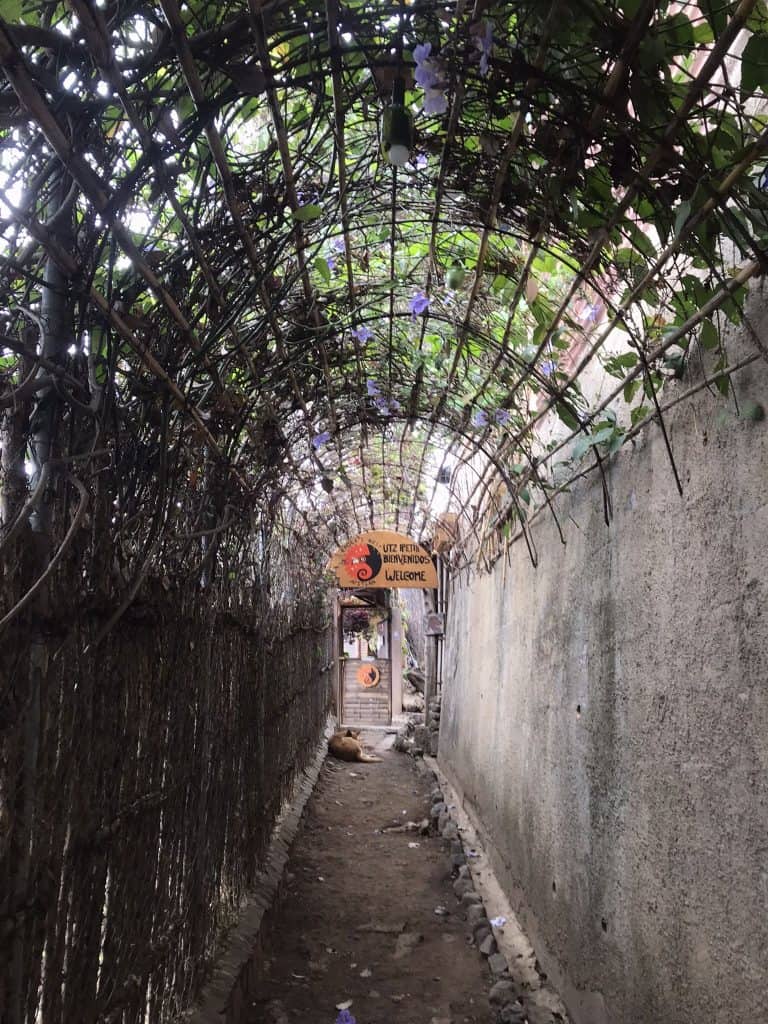
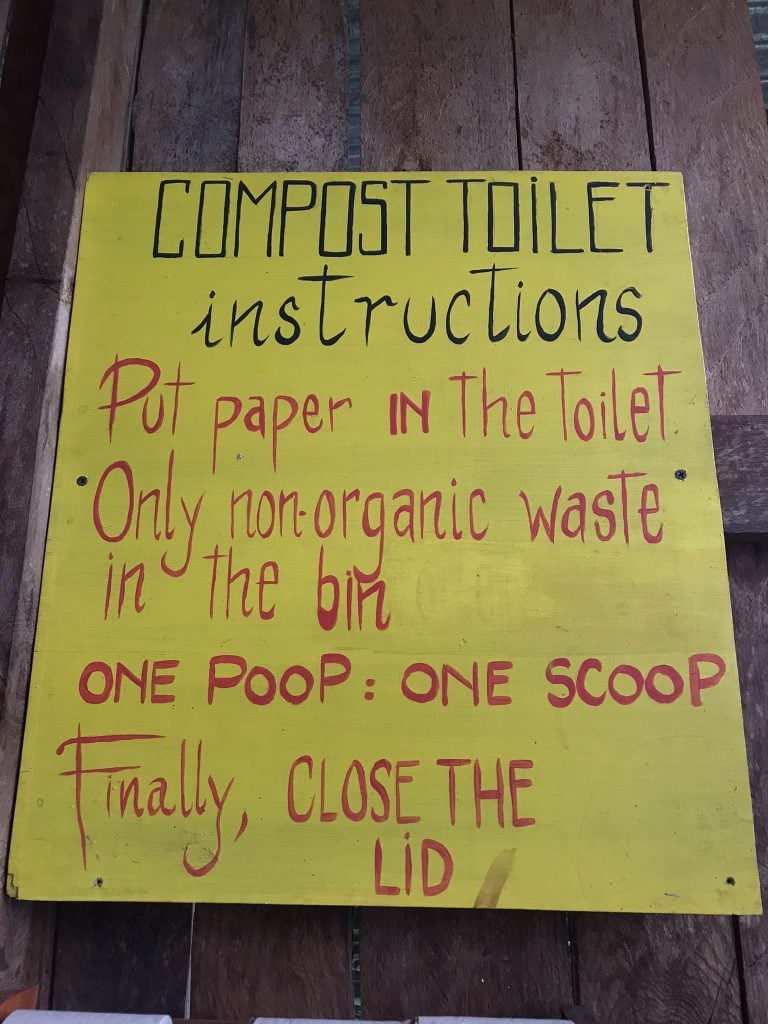

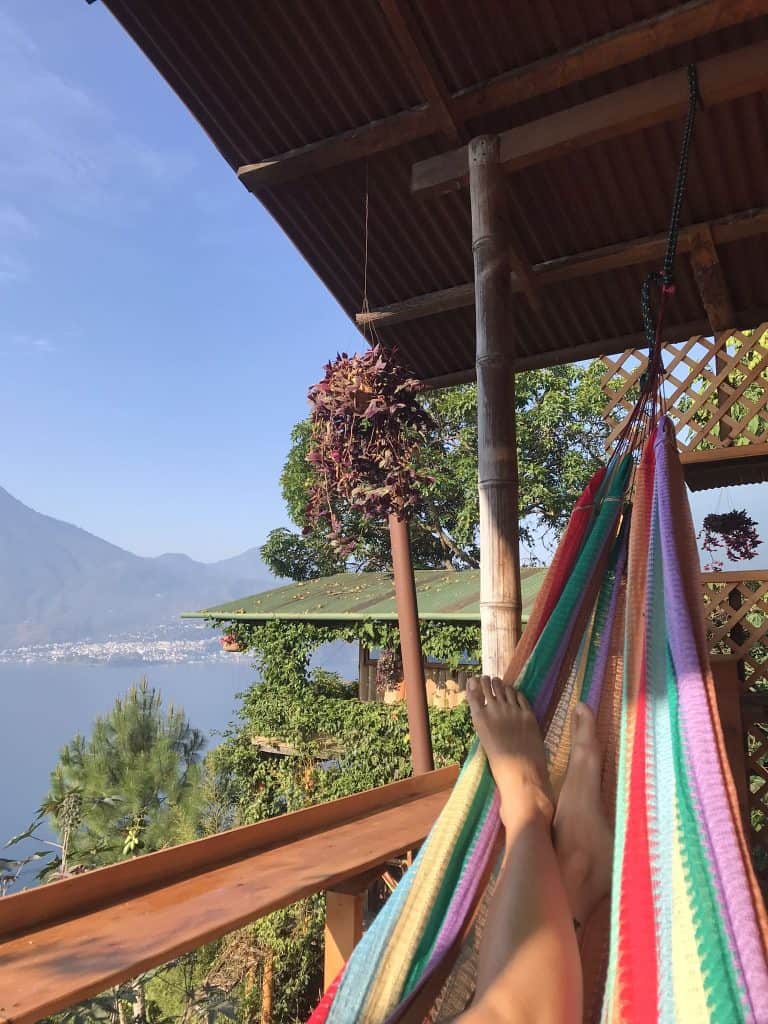
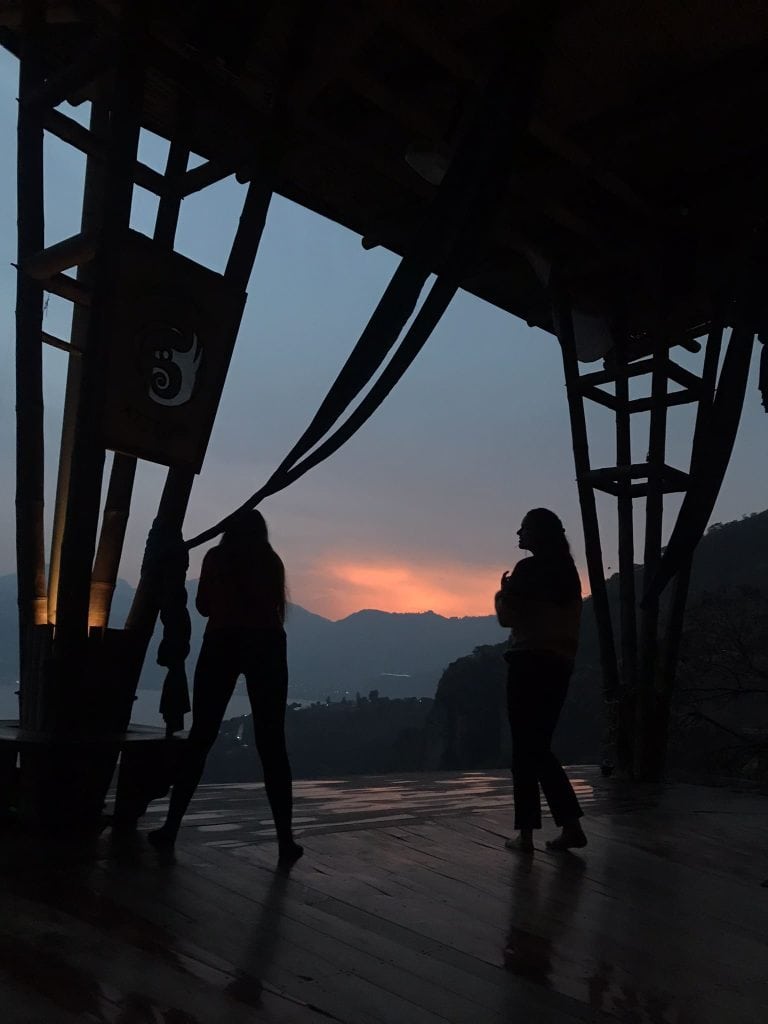
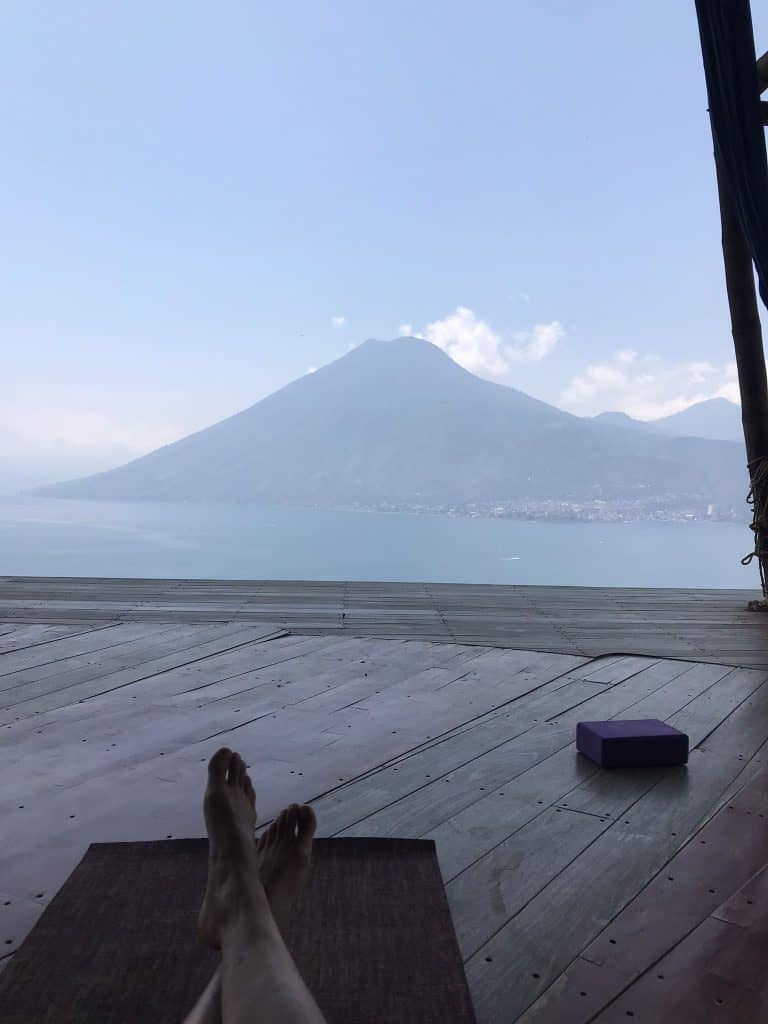
My favorite eco spots, food & hidden gems in Guatemala
One of the things I loved most about sustainable travel in Guatemala was discovering small local places – conscious cafés, refill stores, and eco brands that care about their impact. Here are some of my favorite finds:
Antigua
- Organica – A cozy health-focused restaurant and store offering vegan and vegetarian food, smoothies, and eco products.
- Samsara – My absolute favorite place. Healthy, delicious Indian-inspired vegan food, beautiful garden atmosphere, and great energy.
- Rainbow Café – Great for breakfast, local live music, and a mix of travelers and locals.
- Somos Tierra Guatemala – Beautiful zero-waste and sustainable living store with local handmade products and refills.
- Maya Cacao Antigua – Ethically sourced, locally made cacao products and drinks. Perfect for gifts or just sustainably indulging in Guatemalan cacao culture.
- Pachamama Blends – A local brand offering organic herbal teas grown and blended in Guatemala with Mayan plant wisdom.
- The Local Market Hall – If you want the real deal, skip the touristy shops and explore the main market. You’ll find fresh produce, spices, and daily Guatemalan life. Also, don’t be shy to negotiate the prices.
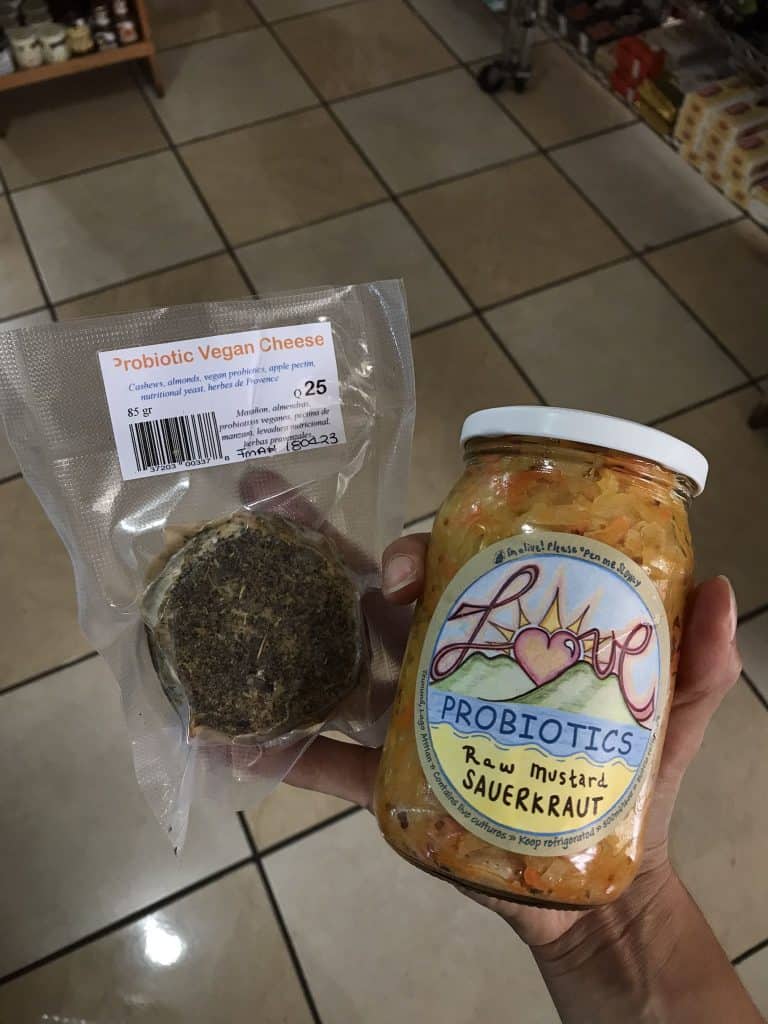

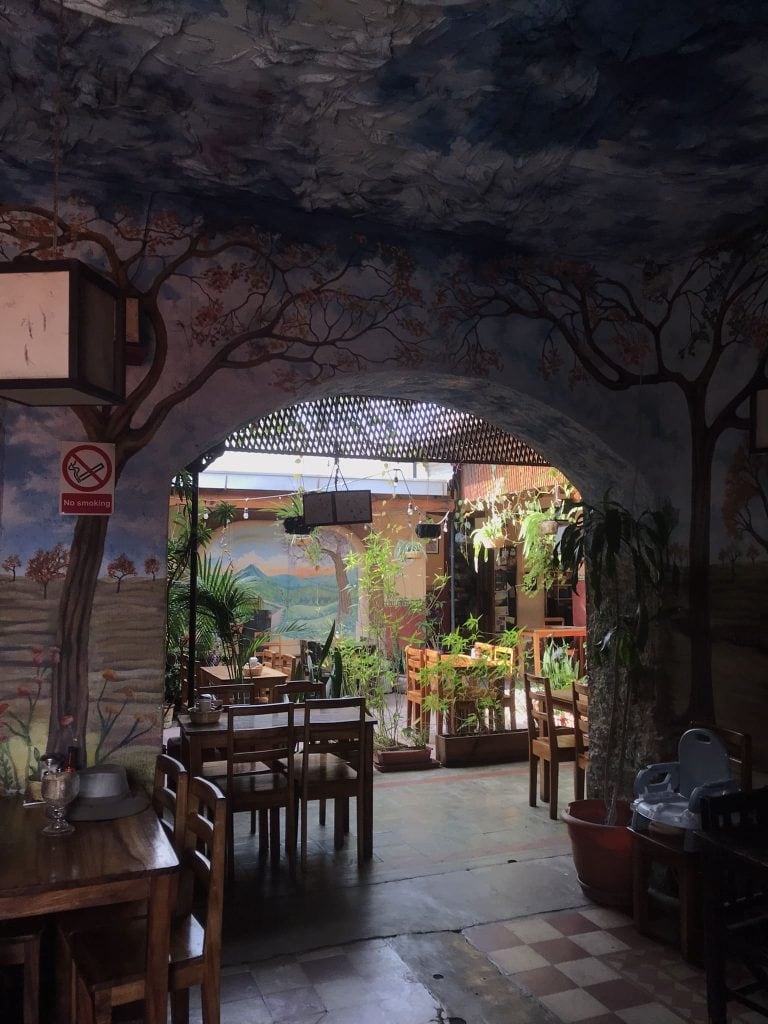
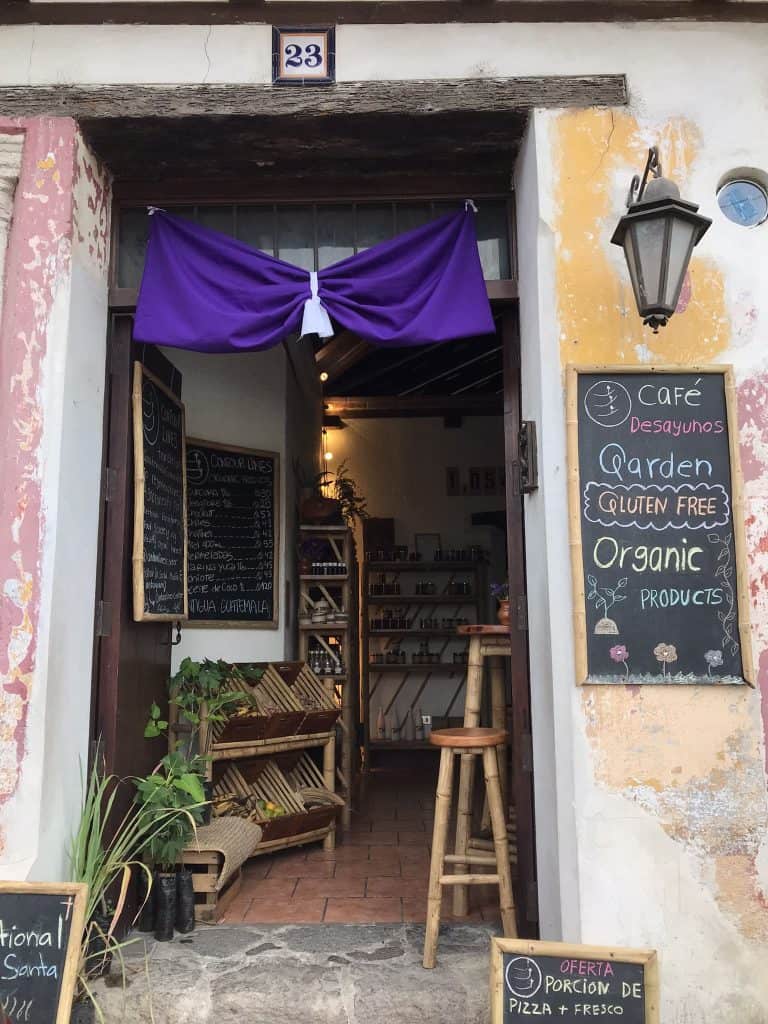


Lake Atitlán
- Samsara Garden, San Marcos – Same amazing food and atmosphere as in Antigua, highlyyyyyyyyy recommended.
- Salud Para Vida – A health store + restaurant combo in San Pedro. Amazing food, natural products, and refills; perfect for zero-waste travelers.
- Second-hand markets & thrift stores – Around San Pedro and San Juan, you’ll find plenty of thrift spots with unique clothes and handmade stuff. Great for sustainable shopping (and fun to dig through).
Meaningful & local experiences
The best part of sustainable tourism in Guatemala is that it connects you to real people and traditions. Here are some experiences that I tried and stood out to me:
- A natural dye workshop with local women’s cooperatives in San Juan
- A coffee plantation tour, learning about the growing and roasting process
- The Indian Nose sunrise hike – breathtaking views over Lake Atitlán
- A traditional weaving class, learning techniques passed down for generations
- Yoga and ecstatic dance at Eagle’s Nest in San Marcos

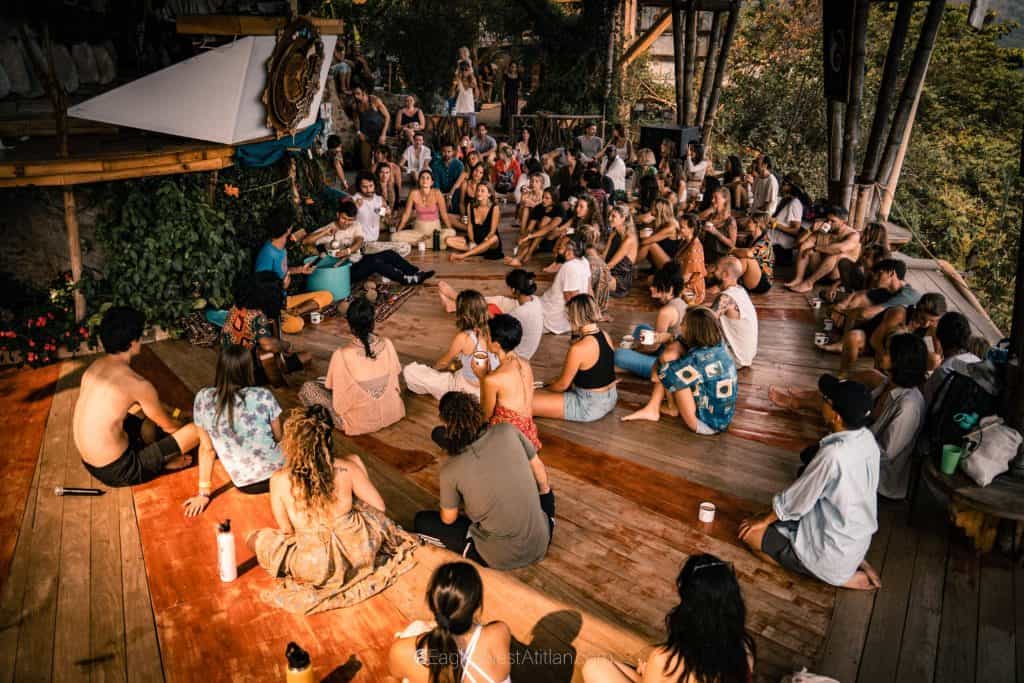
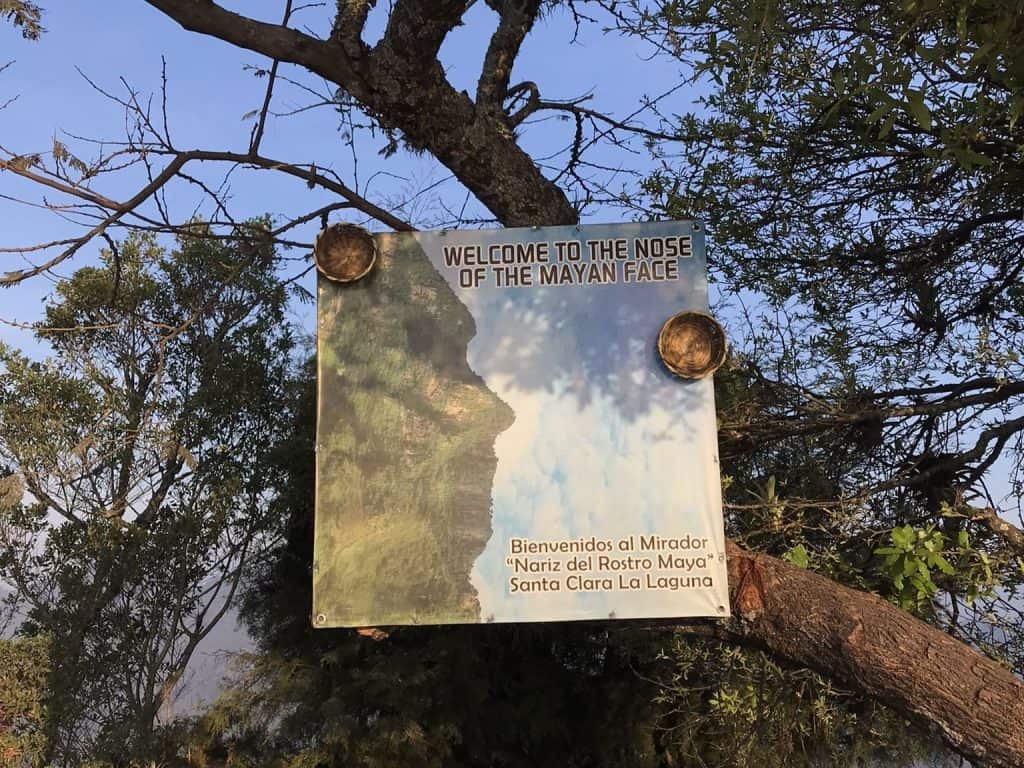

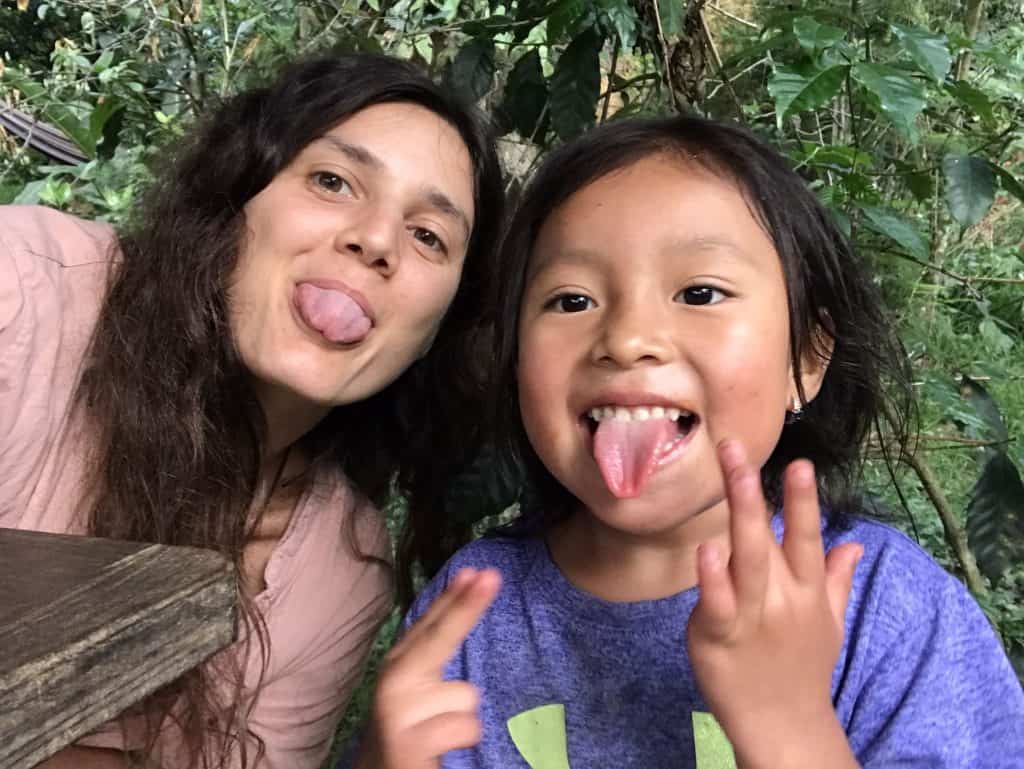
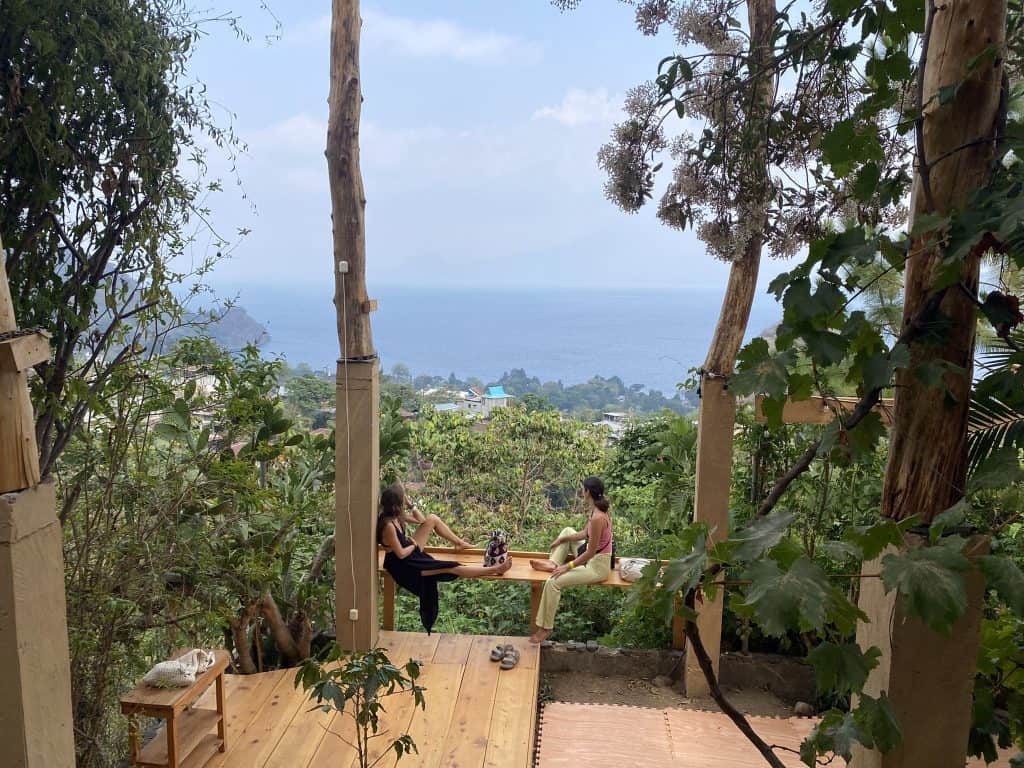
Getting around responsibly
Transportation in Guatemala can be an adventure of its own. Most people get around using:
- Chicken buses – cheap and colorful, but chaotic and not the safest option
- Shuttle buses – more expensive but comfortable and reliable (especially for solo travelers)
- Around Lake Atitlán – ferries connect all the villages
Pro tip: Don’t ask the ferry price before boarding. Locals pay a standard fare, but tourists often get quoted higher prices. Just get on, and when you get off, hand over the local fare (ask locals about it).
Challenges of traveling sustainably in Guatemala
In this month and a half, I could see that sustainable travel in Guatemala isn’t always black on white, and there are challenges:
- There’s a lot of plastic waste, especially around Lake Atitlán. Many villages lack proper waste management systems.
- Some places market themselves as “eco” but aren’t actually doing anything sustainable.
- Transportation can be inconsistent or unreliable.
- Tap water isn’t safe to drink, so travelers often rely on plastic bottles.
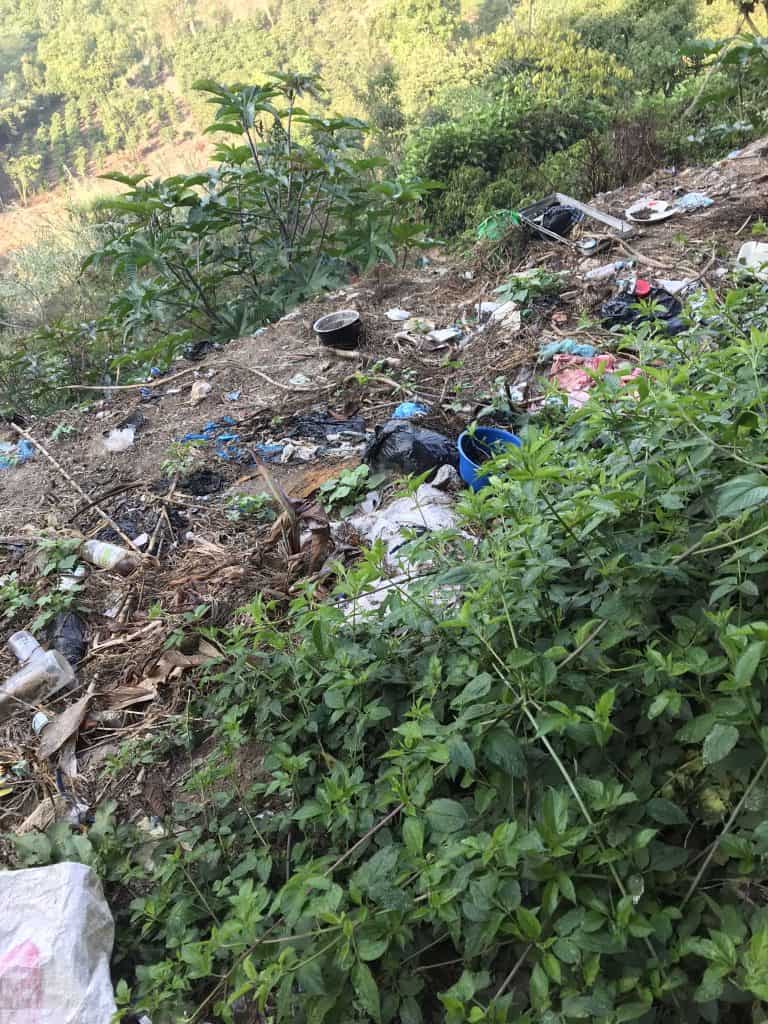

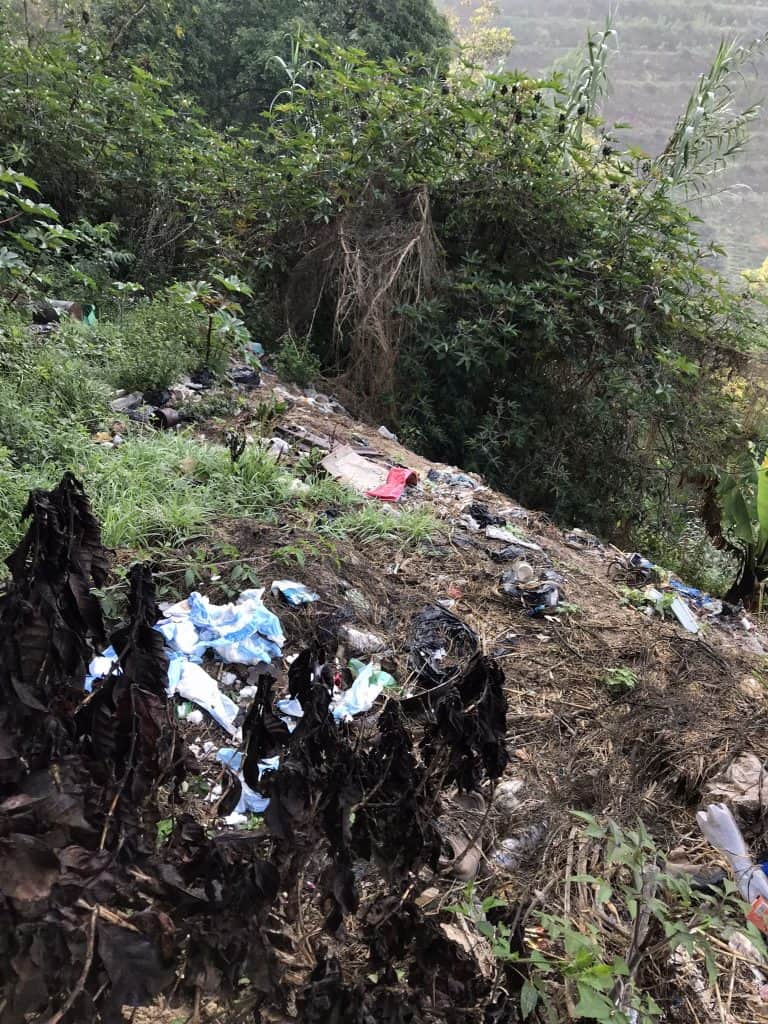
FAQs about eco travel in Guatemala
Is Guatemala safe for solo travelers?
Yes, mostly! I traveled solo and felt safe in places like Antigua and Lake Atitlán. I avoided the capital and took shuttles instead of local buses for safety.
Can you drink tap water in Guatemala?
No, it’s not safe. Bring a filter bottle (like a Grayl) or refill from hostel water jugs.
What’s the best time to visit Guatemala?
The dry season (November–April) is ideal; sunny days, clear volcano views, and great weather for hiking. I was there in April, just before the wet season started, and it was perfect.
Final thoughts
Guatemala is truly wild but also magical. The kind of place that gets under your skin without you realizing.
Sustainable travel in Guatemala isn’t about doing everything perfectly, but it’s about being conscious of your choices and trying to do your best, whether that’s staying at a local eco hotel, refilling your bottle instead of buying plastic, or joining a community tour instead of a touristy one.
